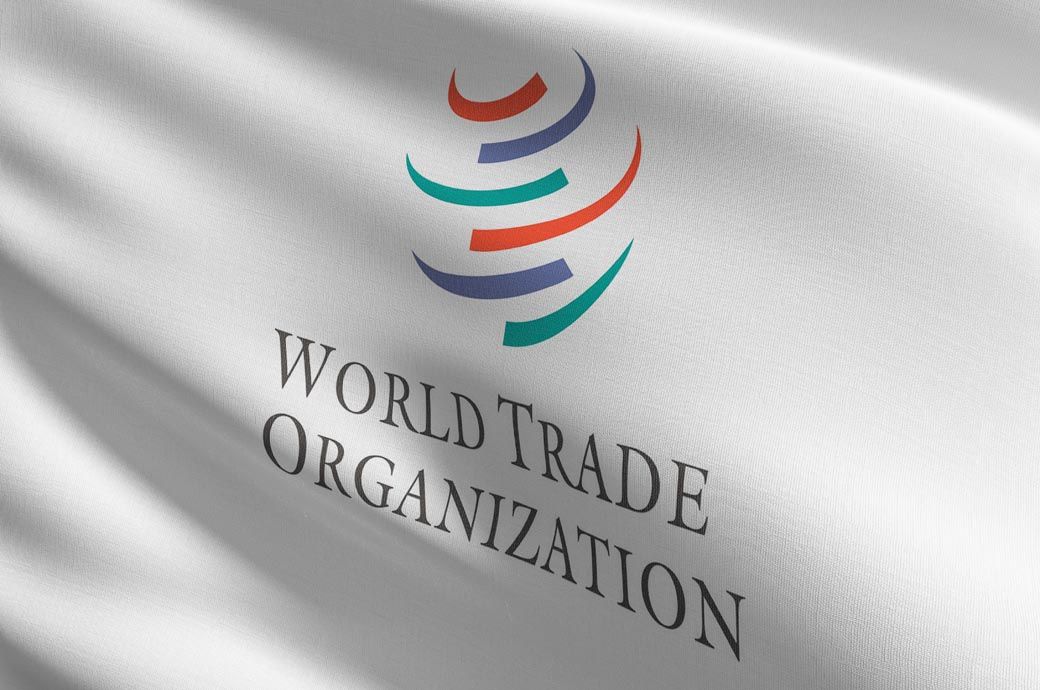
Among the RTAs under scrutiny, attention was particularly directed towards the Association of Southeast Asian Nations (ASEAN) Trade in Goods Agreement (ATIGA) within the Transparency Mechanism for RTAs.
This agreement, operational since May 17, 2010, and with roots tracing back to 1977, fosters a free trade zone among ASEAN member states even as majority of liberalisation measures have been successfully implemented, save for certain exclusions such as petroleum products in Vietnam (expected by 2024) and Cambodia (by 2025).
The elimination of tariffs on intra-ASEAN trade has been widespread, with only a small percentage of tariff lines still being untouched, imposing tariffs ranging from 5 per cent to 35 per cent.
Recognised as a cornerstone of the ASEAN Economic Community, ATIGA complements other agreements such as the ASEAN Framework Agreement on Services (AFAS), the ASEAN Trade in Services Agreement (ATISA), and the ASEAN Comprehensive Investment Agreement (ACIA).
The Lao People’s Democratic Republic, speaking on behalf of ASEAN member states, highlighted the comprehensive trade measures encapsulated within ATIGA, aiming to bolster economic cooperation across ASEAN.
Additionally, the committee examined the services component of the Free Trade Agreement (FTA) between Japan and ASEAN member states, integral to the ASEAN-Japan Comprehensive Economic Partnership Agreement.
Fibre2Fashion News Desk (DR)